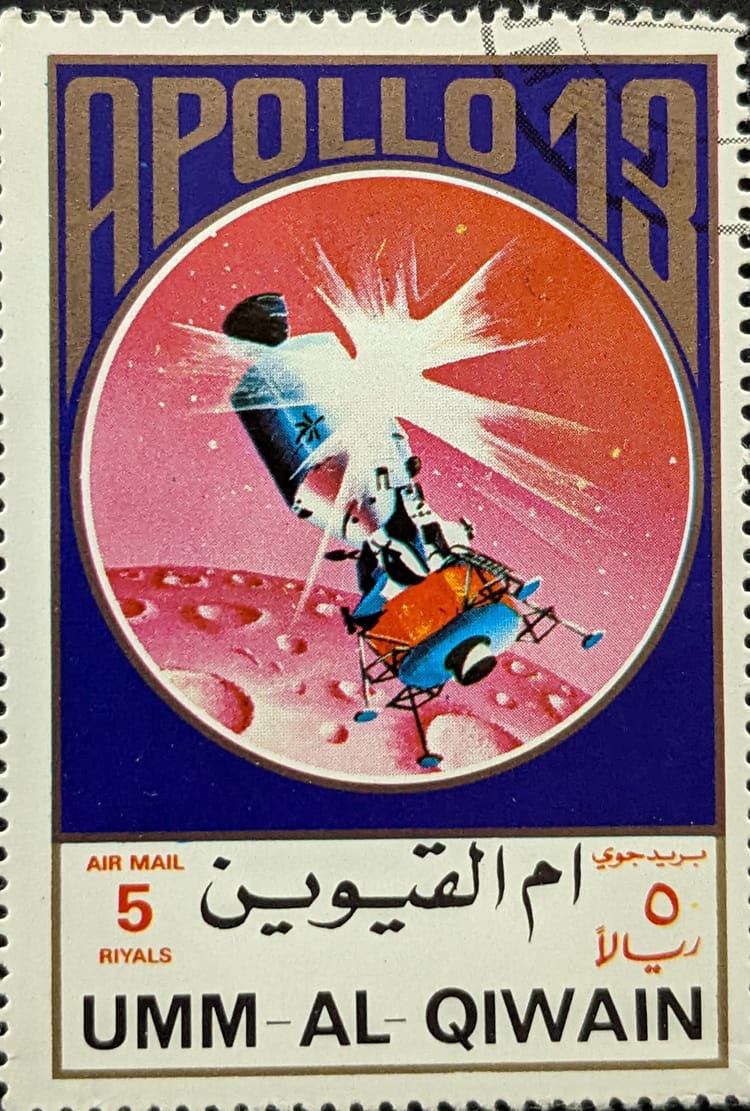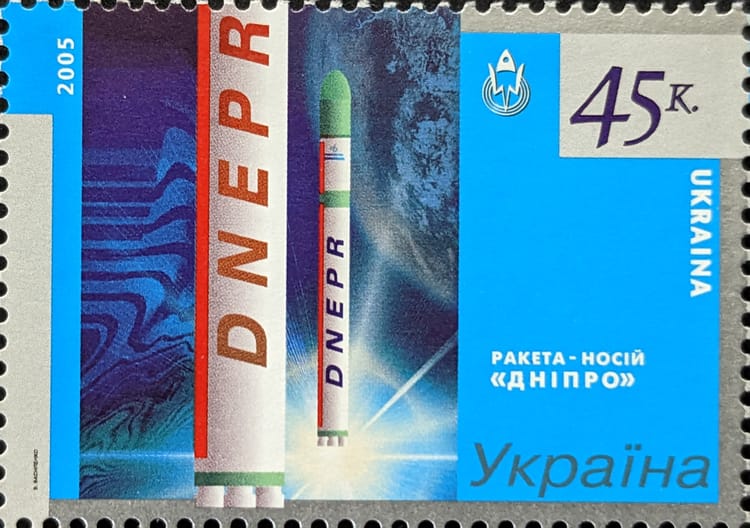Overclassification, Commerce, and Safety
“New DoD Policy To Ease Space Secrecy Near: Raymond”--Breaking Defense, April 2020“...and despite the Presidential order to refrain from unwarranted classification, a culture persists that defaults to the avoidance of risk rather than its proper management.” --”TRANSFORMING the SECURITY CLASSIFICATION SYSTEM,” November 2012“The point of aerospace integration is to merge space capabilities into all facets of warfare and bring down barriers between space power and field commanders who need it, but Fogleman said that many of those barriers already “have been knocked down” and had to do with security classification and “nothing to do with organizational structure.” --”The Space Commission Reports,” July 2008
That topmost headline is the latest attempt to bring some sanity to the Department of Defense’s (DoD) security classification system for space. The notion of overclassification is nothing new. When I was in the service, it was briefed as part of “Security 101”--avoid overclassifying information. But obviously, it’s still a problem--even after a string of acknowledgments and attempts to address this problem.
Why “Overclassify?”
The one thing that baffled me when I was in the service, and now when I conduct research is the whole notion of classifying a DoD space program budget. The cynic in me then believes that a classified budget does provide protection--from Congress. The lack of transparency doesn’t allow for questioning why certain budgets are so high. It prevents budget and program scrutiny. Essentially, this type of protection allows for the same mistakes to be made again, and again, eliminating accountability and--perhaps--allowing for certain companies to be selected time and again to repeat those mistakes.
This kind of program opacity helps promote headlines such as this (because it might be true? Hard to say): “As Secret Pentagon Spending Rises, Defense Firms Cash in.”
That’s my cynical take. However, there are other, more logical reasons for overclassifying space programs.
If you’ve ever read any of the Government Accountability Office (GAO) reports, they scrutinize unclassified programs, some having to do with DoD space, in great detail (to the distress of the services the reports cover). They provide the public with a glimpse of how well our public officials are managing our space programs (still not very well). Perhaps the “other” agencies prefer to avoid this responsibility? Maybe they view the requirement to respond to these reports as overly burdensome as well as a drag on their programs?
Human nature tends to play into the tendency to overclassify as well. Even though people are told not to, and have access to program classification guides, there’s an internal calculus accomplished every time people are faced with the need to classify something. On the one hand, there’s very little personal negative consequence if a document or PowerPoint slide is overclassified. But if a person manages to not classify that document or slide with a “high enough” level of classification, then the consequences from that failure are very high and can result in termination (of the job, not the person)--even prison.
And, there’s the tendency to accept published classified documents and slides as appropriately classified, which encourages shortcuts. Especially when people are attempting to brief their peers and supervisors of the publication’s contents. It takes time to coordinate with the very busy security office. And, after all, what’s the harm in using the information from a slide, so long as the information is classified at the same level?
All of which is to hope that the good general will not be too shocked if his strategy with the other agencies doesn’t pan out. Other, larger guns have tried to implement change to overclassifying behavior without much to show for it. Even if classification levels are impacting others outside of the DoD.
National Security Impacting Commercial Safety?
A point in case is Space Situational Awareness (SSA--or Space Domain Awareness if you’re in the DoD). The time is long overdue for space tracking data for classified satellites--ephemeris considered classified for decades by the DoD--to become unclassified. It’s understandable why the DoD initially implemented processes, such as not providing ephemeris data for classified DoD satellites. The DoD’s mission is security and defense--not safety. But now the Department of Commerce (DoC) is being handed the responsibility to provide tracking data to the public for safety reasons.
As part of the White House’s Space Policy Directive-3 (SPD-3), one of the Department of Commerce’s tasks is to:
“...make space safety data and services available to the public, while the Department of Defense maintains the authoritative catalogue of space objects.”
It would make sense for the DoC to be allowed to provide all ephemeris data for all satellites orbiting the Earth. This is actually necessary for effective and safe SSA. And because satellites follow Kepler’s laws, nearly anyone (anyone who is motivated to do so) can figure out the orbital “track” of a satellite--classified or not. Note, it is not necessary for commercial satellite operators to know who owns a satellite or what it is doing, but knowing where a classified satellite might be could help them to avoid it.
But the DoC is not really being set up for success in that task, as noted in a previous analysis, “Space Commerce and Earth observation.” Obviously, the tens of millions of dollars the DoC is getting for its space mission is very small when compared to the billions budgeted for all sorts of DoD programs.
Also not helpful to the DoC’s space cause is the fact that there are other federal fingers in the space pie. For example, the Federal Communications Commission (FCC), an agency that is supposed to be controlling licensing and use of radio frequencies in the U.S., just published a report that deals in space debris and SSA. The logic being that since the FCC is a gatekeeper for using radio waves that are used for satellite commanding and communications, U.S. satellites will have to comply with the FCC’s space tracking guidance to keep on receiving a license.
The DoC itself has a few groups already working with space--the National Oceanic and Atmospheric Administration (NOAA--responsible for weather satellites and rules for Earth observation satellites); and the Federal Aviation Administration (FAA/AST--launch operator licensing and commercial spaceport licensing). The DoC’s latest charge, the Office of Space Commerce, is the office responsible for providing SSA data to commercial space operators.
SSA data provided from the DoC will become more critical as commercial deploy more satellites. To put these commercial satellites at risk because there’s not ephemeris available for fewer, but more expensive, DoD satellites is wrongheaded. The lack of that data puts both sides at risk. There are other good reasons to provide that data as well.
To put this into context, in 2019 the DoD deployed five large (-ish) satellites in orbit. They were probably all very exquisite, hand-crafted by prime artisans, expensive satellites, especially the classified one deployed into LEO (with no ephemeris published). During the same year, and this is just a sampling, 120 Starlink, 10 Iridium, and 6 OneWeb satellites were deployed--all with published ephemeris data. Just in the past four months, 240 Starlink and 68 OneWeb satellites deployed.
With the ratio of commercial satellites orbiting the Earth already rapidly outpacing DoD satellite deployments, it’s time for the DoD to become a responsible participant (perhaps a shining standard) and become more transparent in at least budget and ephemeris data. Maybe that’s what that report will provide.




Comments ()